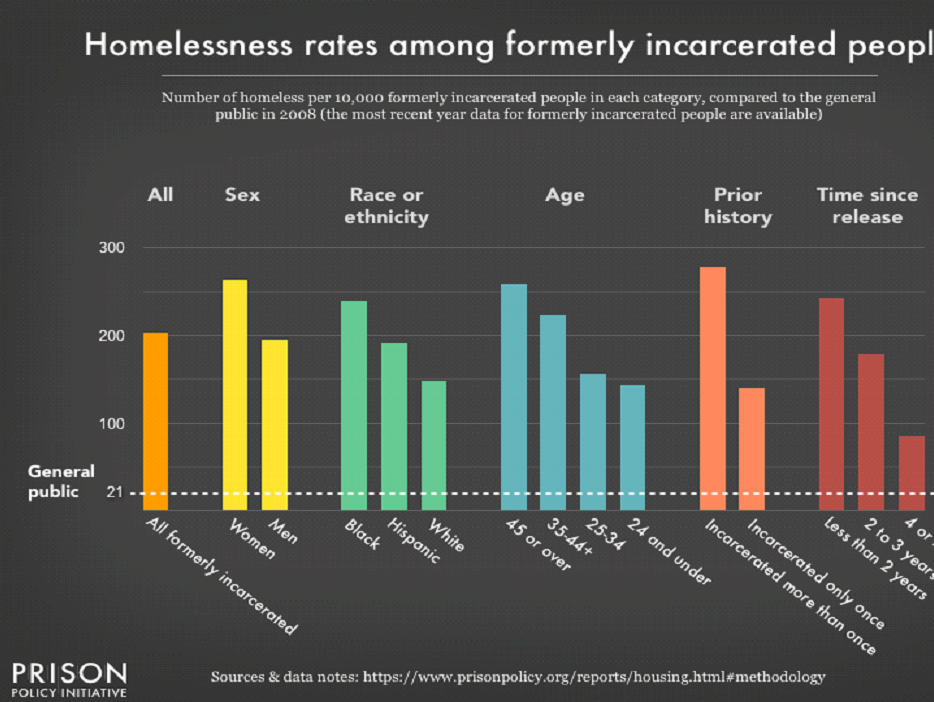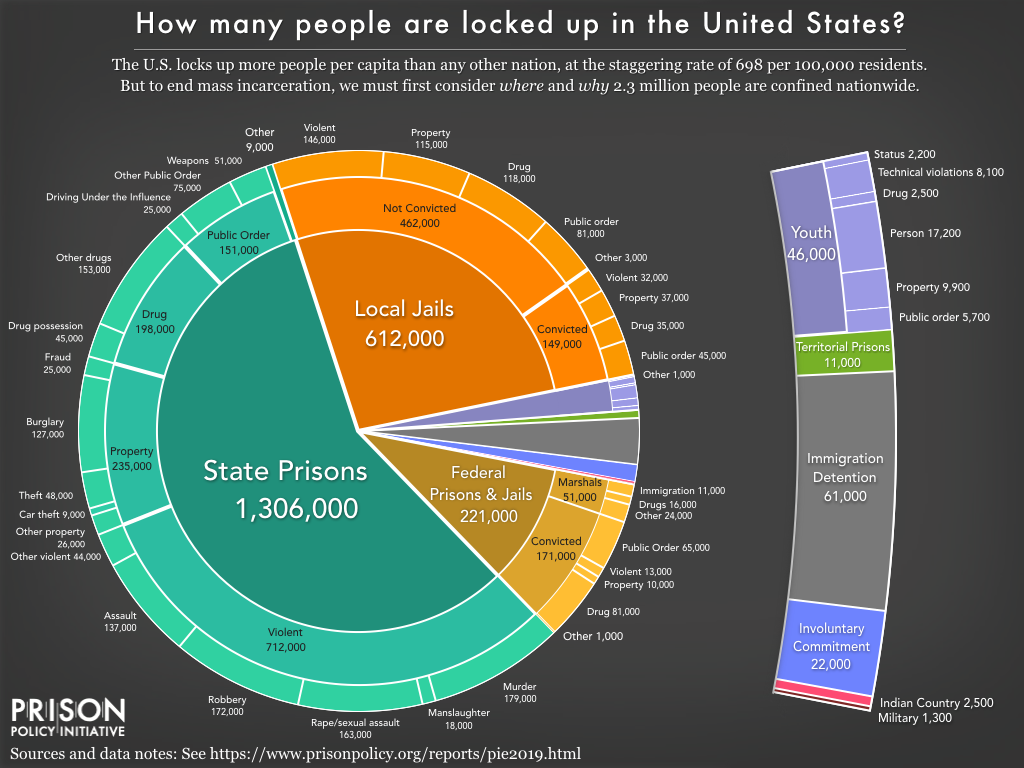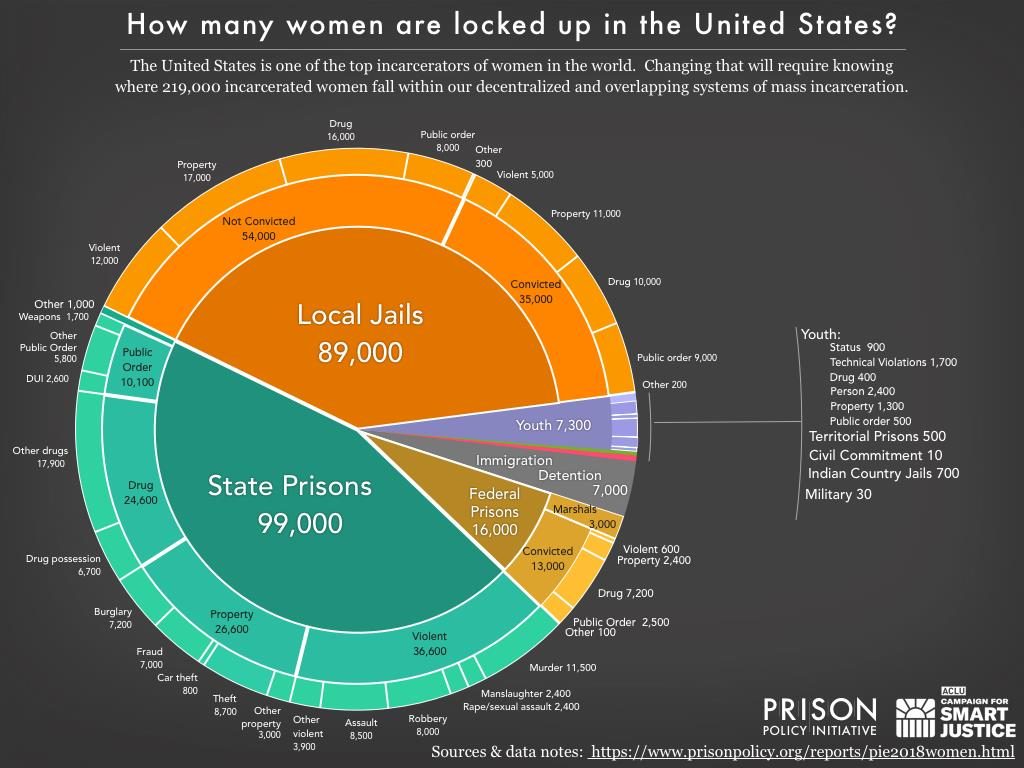We exist because — we care and want to make a difference
Our target audience includes ex-convicts, veterans and the disenfranchised. This brief summary calls out specifics that will help in understanding “why” we need to provide education, inspiration and support to those who want a second chance.
The Unemployed in America
The U.S. unemployment rate fell to 3.8 percent in February 2019 from 4 percent in the previous month and below market expectations of 3.9 percent. The number of unemployed persons decreased by 300,000 to 6.2 million.
Among the major worker groups, the unemployment rates for adult men (3.5 percent), Whites (3.3 percent), and Hispanics (4.3 percent).
The jobless rates for adult women (3.4 percent), teenagers (13.4 percent), Blacks (7.0 percent), and Asians (3.1 percent).
The facts that are not always visible
The December 2018 jobs report was almost entirely positive. The economy added 312,000 jobs, the best performance in 10 months.
One group continues not to done well.
Black unemployment was at 6.6% — almost 70% above the national average. With Hispanic unemployment not far behind at 4.3%.
The new jobless rate for Black Americans is at the highest among the past five months, so it is rising while the national rate falls. It is also much higher than other ethnic groups.
The reason the Black American figure does not affect the total number much is that 13.4% of Americans are Black, according to the Census Bureau.
Series title: (Seas) Unemployment Rate – Black or African American
Labor force status: Unemployment rate (16 years and over)
Type of data: Percent or rate

Series title: (Seas) Unemployment Rate – Hispanic or Latino
Labor force status: Unemployment rate (16 years and over)
Type of data: Percent or rate

Data Sources :
Department of Labor
Bureau of Labor and Statistic
Ex-Convicts
As of 2019 — The American criminal justice system holds almost 2.3 million people in 1,719 state prisons, 109 federal prisons, 1,772 juvenile correctional facilities, 3,163 local jails, and 80 Indian Country jails as well as in military prisons, immigration detention facilities, civil commitment centers, state psychiatric hospitals, and prisons in the U.S. territories.
Unemployment among the 5 million formerly incarcerated people living in the United States is at a rate of over 27% higher than the total U.S. unemployment rate during any historical period, including the Great Depression.
An estimate of homelessness among the 5 million formerly incarcerated people living in the United States, finding that formerly incarcerated people are almost 10 times more likely to be homeless than the general public.


Black women experience the highest rate of sheltered homelessness – nearly four times the rate of white men, and twice as high as the rate of Black men. Black women face severe barriers to housing after release
Formerly incarnated people need stable jobs for the same reasons as everyone else: to support themselves and their loved ones, pursue life goals and strengthen their communities a
Over 600,000 people make the difficult transition from prisons back into the community each year and although there are many challenges involved in the transition, the roadblocks to securing a job have particularly severe consequences.

For those who are Black or Hispanic and especially Black women — a status as “formerly incarcerated” reduces their employment chances even more.
| Unemployment rate general population |
Unemployment rate formerly incarcerated |
|
|---|---|---|
| Black women | 6.4% | 43.6% |
| Black men | 7.7% | 35.2% |
| White women | 4.3% | 23.2% |
| White men | 4.3% | 18.4% |
Working-age Black, White, male, and female formerly incarcerated unemployment rates are higher than the rates of unemployment for any of their peers in the general population. This “prison penalty” puts formerly incarcerated Black people (specifically Black women) are at the greatest disadvantage when it comes to finding work.



But despite the overwhelming benefits of employment to the country, people who have been to prison are largely shut out of the labor market.
Employment helps formerly incarcerated people gain economic stability after release and reduces the likelihood that they return to prison, promoting greater public safety to the benefit of everyone.
Data Sources:
Department of Labor
Bureau of Labor and Statistic
Prison Policy Initiative
Veterans
A 2018 Bureau of Labor and Statistics report indicated that veteran unemployment hit an all-time low of 3.8 percent. This should not be surprising. For almost a decade many of America’s employers and veteran service organizations stepped forward with the mission to hire transitioning service members, veterans, and their families.
But as we celebrate this achievement, we need to be wary of inaccurate assumptions and we need to continue focusing our efforts on veteran employment.The unemployment rate is certainly one indicator, but it alone is insufficient in addressing our warriors’ career interests, opportunities, and challenges. The number is derived from a questionnaire the Bureau of Labor Statistics sends out. However, the question is not specific in nature.
Meaning a veteran could work a full-time job or it could mean they only work 10 hours a week or are a reservist and don’t have a civilian career.
Finally, not counted are those who have just given up in trying to find work.
We need a more meaningful way to measure veteran unemployment. This will provide a better picture of veterans who may need help transitioning from military-to-civilian life or feel unfulfilled in their current role. For example, a 2016 Hiring Our Heroes study found that 44 percent of veterans leave their first post-military job within the first year.
Part of the explanation is simple; veterans are not feeling fulfilled in their careers in the workplace and are working in a position below their skill level. Report (Challenges on the Home Front) indicate that 15.6 percent of veterans are more likely to be underemployed than civilians.
The average unemployment rate for Veterans in 2018 is 3.5% — with the highest rates being in:
– Washington DC – 6.5%
– Colorado – 5.8%
– New York – 5.0%
– Pennsylvania – 5.1%
Data Sources:
Department of Labor
Bureau of Labor and Statistic
George W. Bush Presidential Center
Challenges on the Home Front: Underemployment Hits Veterans Hard
We bring these facts to you with the intent of sharing why we all need to help those in need…..with a second chance in fulfilling their lives and aspirations.